By Blaine Taylor
At 12:40 PM on a hot, sultry July 20, 1944, German Führer and Reich Chancellor Adolf Hitler, 55, was seated on a wicker stool in a conference hut at his principal Eastern Front headquarters at Wolf’s Lair, Rastenburg, East Prussia, for the mid-day wartime map meeting. The chief of the German High Command, Army Field Marshal Wilhelm Keitel, introduced a man with a black eye patch and a yellow briefcase.
“My Leader, this is Colonel Count Claus Schenck von Stauffenberg, who is to brief you on the new divisions.” Of course, the Führer already knew who Stauffenberg was and indeed had even recommended him as a bright young man to his minister of armaments and war production, Albert Speer. There were 24 men in the room.
As the conference resumed, the colonel set down his briefcase, told Keitel he was awaiting an urgent call from Berlin, and left the hut. At exactly 12:42 pm, there was a dazzling sheet of bright yellow flame as two pounds of explosives went off with a roar less than six feet from an astonished Führer.
General Walter Warlimont, who was there, described the scene in his 1964 memoirs, Inside Hitler’s Headquarters: “In a flash the map room became a scene of stampede and destruction … there was nothing but wounded men groaning, the acrid smell of burning, and charred fragments of maps and papers fluttering in the wind. I staggered up and jumped through the window.”
Several men were killed outright or would die later of their wounds, but not the assassin’s main target, Hitler. As the blast occurred, Hitler’s immediate thought was that the compound was under an Allied bombing raid. He found himself lying on the floor next to the left doorway. His eardrums had burst, his clothes and hair were on fire, and he was covered with wood and debris from the ceiling. His right elbow hurt savagely, and smoke filled the room. His next thought was that a Russian paratroop attack was under way, as his top SS commando, Colonel Otto Skorzeny, had told him the year before was possible. He heard Keitel yell out in the din, “Where is the Führer?” and then was led by him out of the hut and back to his own bunker.
Hitler exulted to his physician, Dr. Thedor Morell, “I am invulnerable! I am immortal!”
Afterward, he mused that perhaps one of Speer’s Organization Todt construction workers had planted a bomb, and then his trusty Secretary, Martin Bormann, identified the real culprit—the one-eyed colonel who been seen by a Signals sergeant leaving the hut just before the explosion.
General Erich Fellgiebel: Chief of Signals
Stauffenberg had gone to Bunker 8/13 to watch the expected explosion with the main conspirator assigned to headquarters, General Erich Fellgiebel, chief of signals for the High Command of the Armed Forces, the most important communications man in the entire Axis war effort. Together, they witnessed the blast, which the would-be assassin later described as resembling a direct hit from a 155mm artillery shell. He sincerely believed that everyone inside had been killed and drove off with his aide to fly back to Berlin to launch Operation Valkyrie, an already-prepared plan to safeguard the Reich in case of an emergency.
Two key factors were thought necessary for the success of the military coup: Hitler’s death and the cutting off of the headquarters radio, telephone, and teleprinter communications with the outside world. This was the responsibility of General Fellgiebel, the man on the spot after Stauffenberg’s departure.
Once he realized that the Führer had survived, the general made light of the situation, tossing out the casual remark to Warlimont in passing him within the confines of HQ Area I, “That’s what happens when you put the headquarters so near the front,” but in fact he knew better.
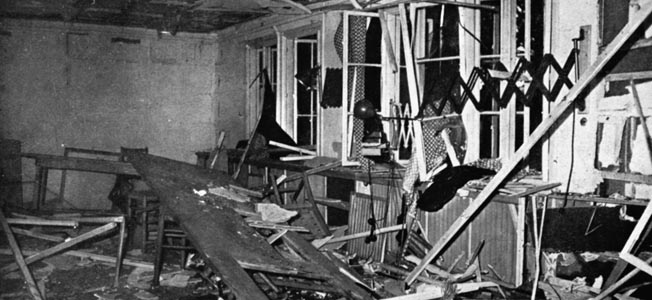
The Führer received Italian dictator Benito Mussolini for what was to be their last meeting at 2:30 pm that same day, giving him a guided tour of the map hut wreckage. By 4 pm, it was apparent that a full-scale military revolt was afoot not only in the Reich, but also in the German-occupied foreign territories in the West, especially in Paris, where all Gestapo men had been arrested by the Army. A bulletin had been issued at 3:50 pm by the War Ministry Building in Berlin asserting that Hitler was dead and that they, the Army conspirators, were in charge.
This order had been issued by the Chief of Army Signals, General Fritz Thiele, nominally General Fellgiebel’s deputy, but at Rastenburg his boss had done nothing to sever the all-important communications, nor to alert Berlin that Hitler was either alive or dead. Why he had not done so has been the stuff of controversy ever since. Later, after General Fellgiebel had been unmasked as a traitor, Hitler vented his spleen on the matter to Speer.
“Now I know why all my great plans in Russia had to fail in recent years. It was all treason! But for those traitors we would have won long ago…. Now we will find out whether Fellgiebel had a direct wire to Switzerland and passed all my plans on to the Russians. He must be interrogated by every means!”
Indeed, the general may very well have been a Soviet spy in this regard as Hitler thought, and this may also explain why he did not cut the communication links. With Hitler still alive, he may have reasoned that the most incompetent man in the Reich was still at the helm of a losing war effort, and with the conspirators now doomed the conflict would go on to its logical end and a possible total Red Army victory.
The Third Reich’s Signal Troops
Born October 4, 1886, at Popelwitz in Silesia, Fritz Erich Fellgiebel began his military service as a lieutenant in the 2nd Signal Battalion and in 1914 was an instructor at the Spandau Telegraphers’ Academy, serving in several General Staff posts during World War I. After the war, he was in charge of secret intelligence and security.
In 1930, Fellgiebel became commander of the 2nd Intelligence Department and in 1934 was colonel and inspector of the Signal Corps for the 7th Army. In 1936, the national Reich Post Office telephone, telegraph, and teleprinter cable resources were expanded by thousands of kilometers under his direction.
During the Hitlerian military shake-up of 1938, Fellgiebel was promoted to the rank of major general and named inspector of armed forces communications. In 1939, he was posted as chief of the Intelligence Communications Office for the High Command and in 1940 was raised again, to general of the Signal Corps.
By June 1944, there were fully 200,000 Army Signal troops, as well as 400,000 men in the Luftwaffe, a duplication of labor that both Fellgiebel and Speer complained about to Hitler, but to no avail, since he wisely believed in a division of responsibilities in this sphere. Simply put, the Führer trusted his Nazi air force more than he did his conservative, basically monarchist army.
The Coup’s Downfall
What no one in the Nazi Party ranks knew, however, was that General Fellgiebel had already lost faith in Hitler and joined the German Resistance. Had the plot of July 20, 1944, succeeded, the general was earmarked for the spot of minister of posts in the new government, but this was foiled by Nazi Propaganda Minister Dr. Josef Goebbels and a man Speer called “this basically insignificant young officer,” a German Army major named Otto Ernst Remer.
Remer, commander of the Berlin Greater Germany Guards Regiment, was assigned by his commanding officer, conspirator General Paul von Hase, to arrest Dr. Goebbels, but instead received an invitation to meet with him at 7 o’clock on the evening of the assassination attempt.
Major Remer was born on August 18, 1912, in Neubrandenburg and had enlisted in the German Army. By the time Hitler was named Reich Chancellor in 1933, Remer was a 21-year-old corporal and was destined to become precisely the type of young officer from the ranks that the Nazis groomed before and during the war to ultimately replace those men who began their service under the Kaiser, not the Führer.
Remer was commissioned an infantry second lieutenant in 1935, promoted captain in 1941, and on November 12, 1943, had been personally awarded the oak leaves to the Knight’s Cross of the Iron Cross by Hitler himself at Rastenburg, a mere six months before the explosion. This sole meeting was to play a crucial role in the unraveling of the plot. In May 1944, Major Remer was named commander of the Berlin Guards in what would turn out to be the most important military post in the capital during the “Revolt by Telephone,” as it came to be termed by the Nazis.
Dr. Goebbels received the 32-year-old major in his office with Speer present. In 1990, a then 70-year-old Remer asserted that he had actually come to warn Goebbels of the treason afoot, not to arrest him, but the doctor did not know that. Instead, he reminded the major of his oath of fealty to the Führer, to which Remer responded that Hitler was dead.
According to Speer, Dr. Goebbels instantly retorted, “The Führer is alive! He’s alive. I spoke to him a few minutes ago. An ambitious little clique of generals has begun this military putsch. A filthy trick, the filthiest trick in history.” He next placed a priority telephone call to Rastenburg, which the Führer was waiting to receive, over a line that, like all others, should already have been cut, but was not.
Goebbels handed the receiver to the major, and the latter heard someone ask, “Do you recognize my voice?” Of course he did, snapping to attention and barking out a series of affirmative responses to Hitler’s commands promoting him to the rank of colonel on the spot, placing him in charge of all anti-coup troops in Berlin until the arrival of Reichsführer SS Heinrich Himmler in the capital, and under the immediate direct orders of both himself and Dr. Goebbels. A telephone coup in reverse was thus launched.
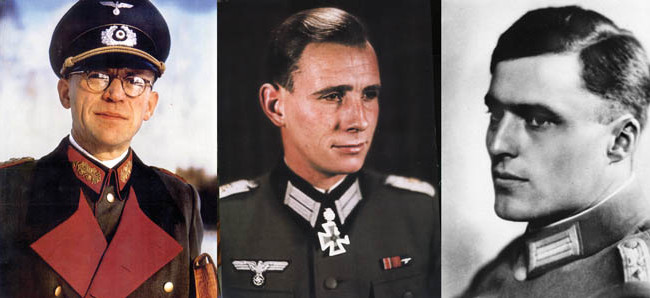
The mention of Himmler’s name raised another troubling point, for Goebbels had been disturbed by the fact that he had been unable to reach Himmler by telephone all afternoon, and both he and Speer actually wondered if “the loyal Heinrich” was part of the conspiracy.
Another man absent from both Berlin and Rastenburg that day until after it was clear that Hitler had survived was Reich Marshal Hermann Göring, chief of the Luftwaffe, who since 1933 had controlled the governmental telephone wiretapping service code-named the Research Office. Is it to be believed that neither Himmler nor his rival Göring had any prior inkling of the events planned for July 20, 1944?
The Severe Consequences For the Coup Plotters
As for Stauffenberg, Remer told an interviewer, “He was shot in the courtyard of the War Ministry. My men, 10 riflemen and one officer, a lieutenant who could be relied upon to keep his trousers dry. It was done quickly and efficiently. The abortive coup d’etat came to an abrupt and most satisfactory end.”
He added that Hitler made sure personally of Stauffenberg’s death by having his body exhumed to view it for himself.
Meanwhile, Dr. Goebbels issued a long-delayed news bulletin that asserted that Hitler was still alive with minor injuries, had received Mussolini, and, most telling, “Shortly after the attempt on the Führer’s life, he was joined by the Reich Marshal,” a curious add-on statement at best.
At his French headquarters, the Commander-in-Chief West, Field Marshal Hans Gunther von Kluge, lamented, “The bloody thing’s misfired.” Urged to go on with the revolt anyway, he refused, stating, “Yes, if only the swine were dead!” He later shot himself to escape trial and execution.
General Thiele was caught and executed. General Fellgiebel was convicted by the Nazi People’s Court of treason against the State on August 10, 1944, and hanged by the SS on September 4. He was succeeded in his post as chief of OKW Signals by Army General Albert Praun.
Colonel Remer: Unrepentant Nazi to the End
And what of the “basically insignificant young officer”? Colonel Remer became a Nazi national hero and in October 1944 was named commander of the Führer Escort Regiment based at Rastenburg in charge of security. The unit was later designated an armored brigade and sent to the Eifel in West Germany to fight the Allies.
On January 31, 1945, Colonel Remer was promoted to major general. He fought in the Battle of the Bulge against the Americans and ended the war in combat with the Russians commanding the Führer Escort Division. He survived the war to found a neo-Nazi Party in the 1950s and wrote pro-Hitler revisionist publications while under surveillance by the West German Federal Republic police.
He resided in West Germany, then moved with his wife Anneliese to monarchist Spain, where he died at Marbella at the age of 85 on October 4, 1997, an unrepentant Nazi to the end. His remains were cremated and then interred in the new unified Germany.
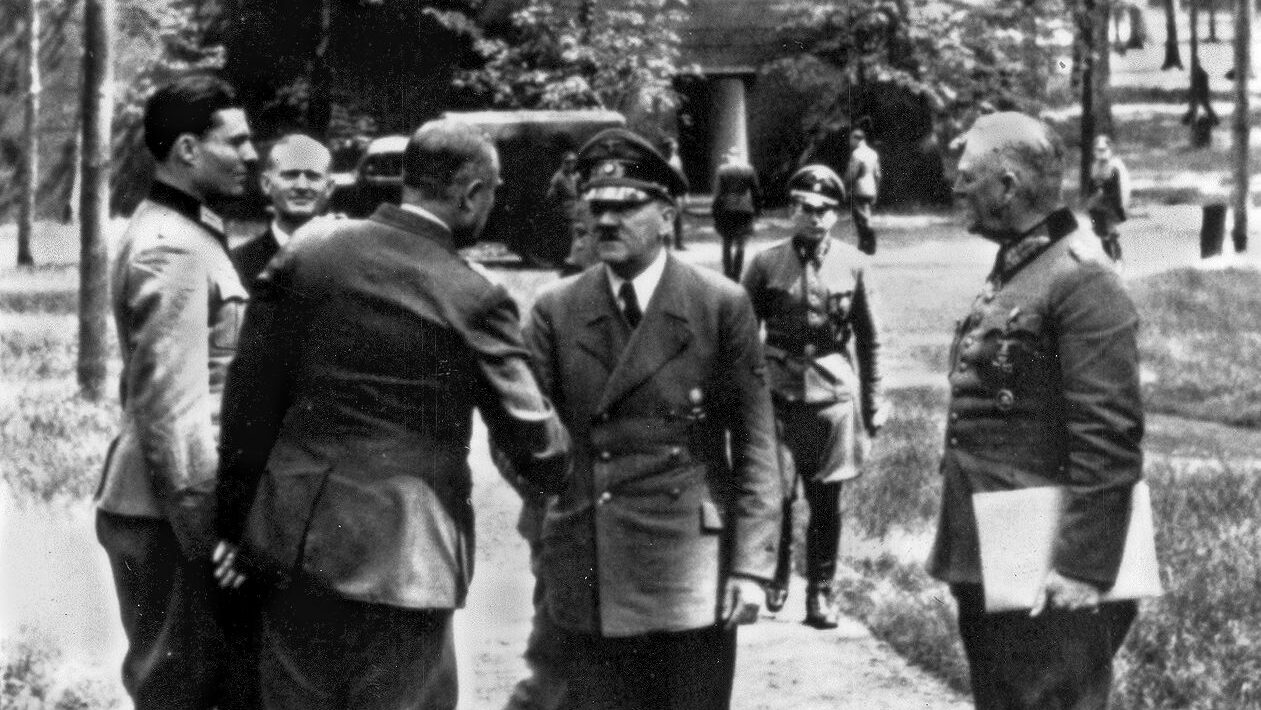
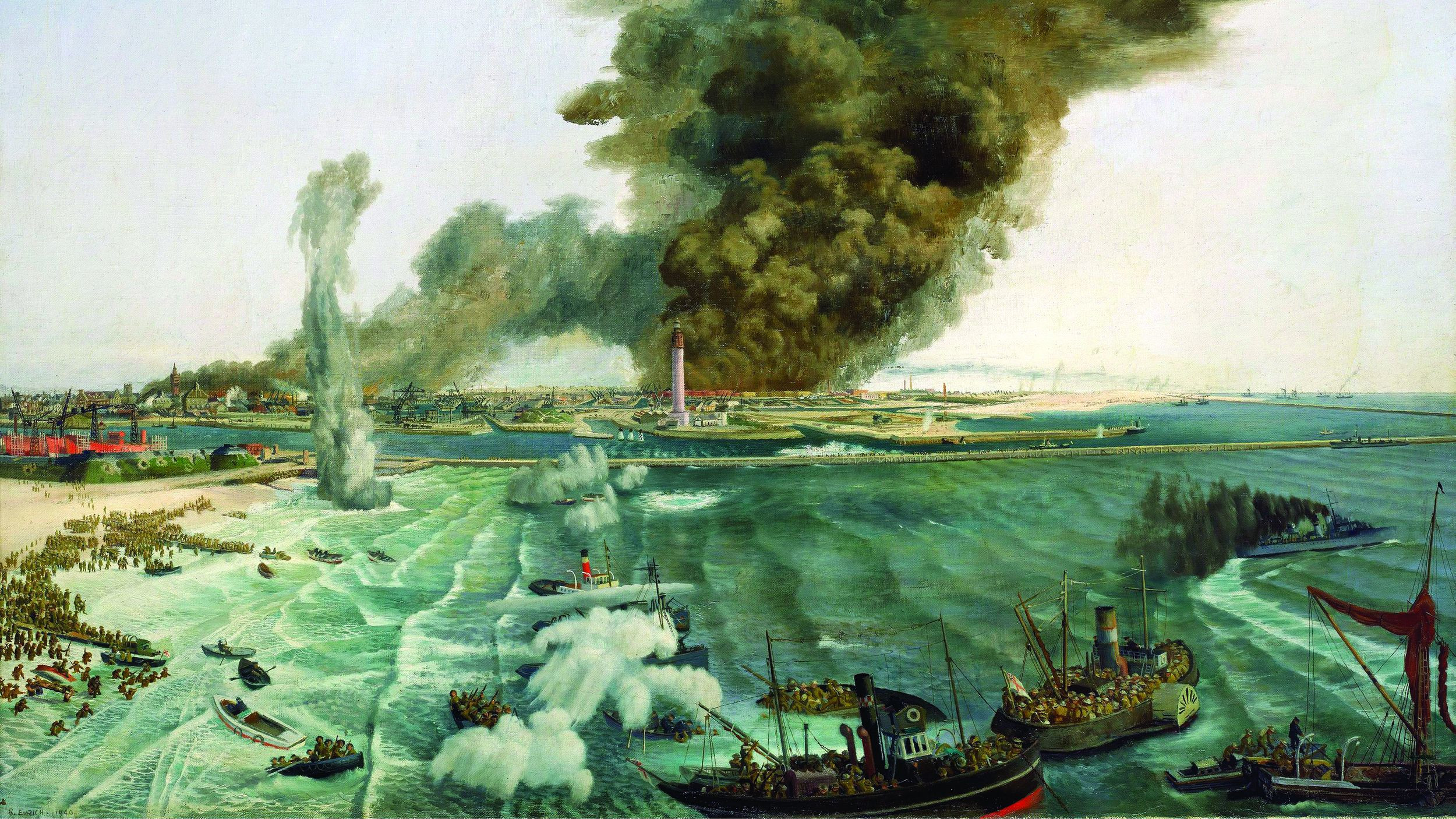
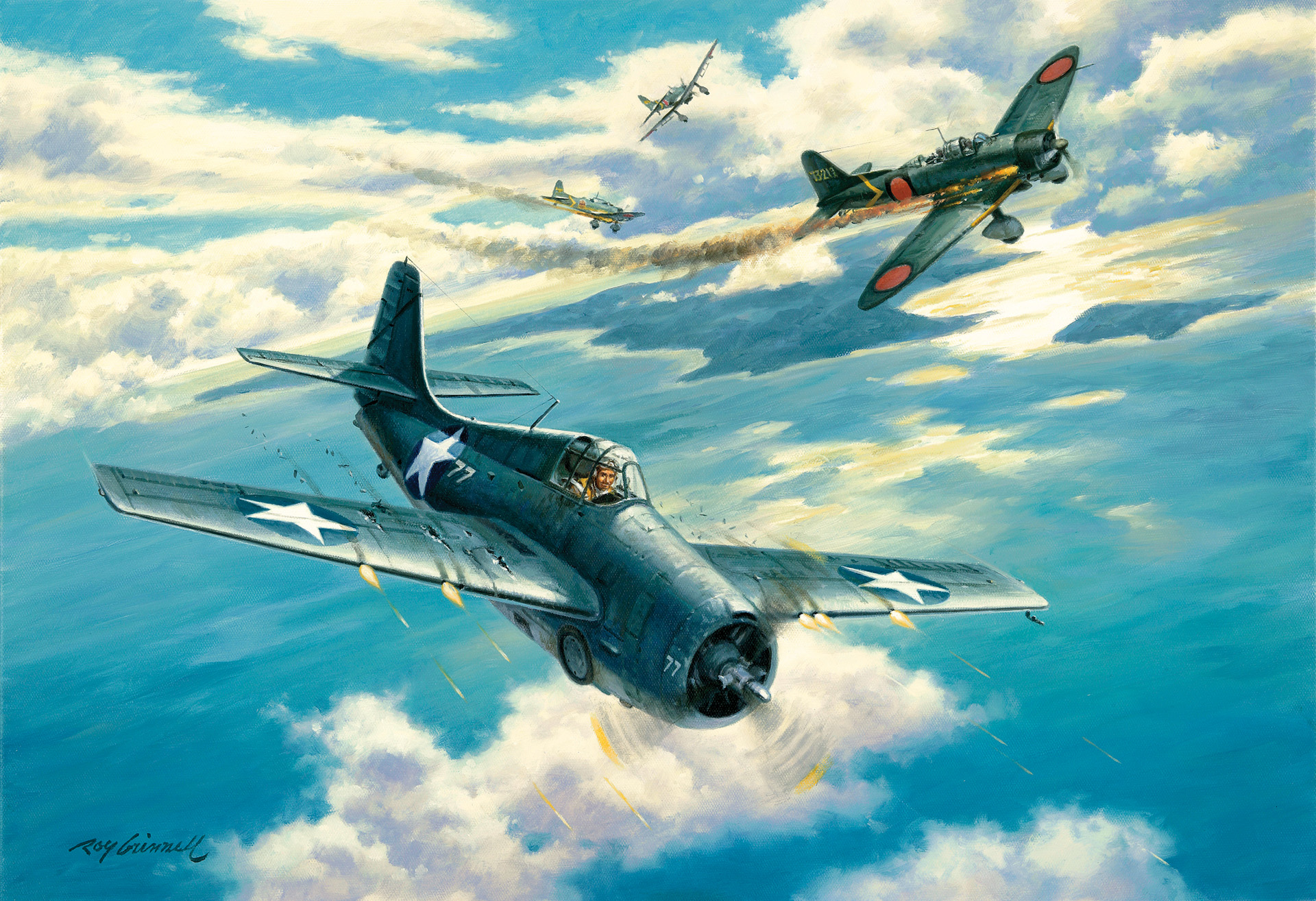
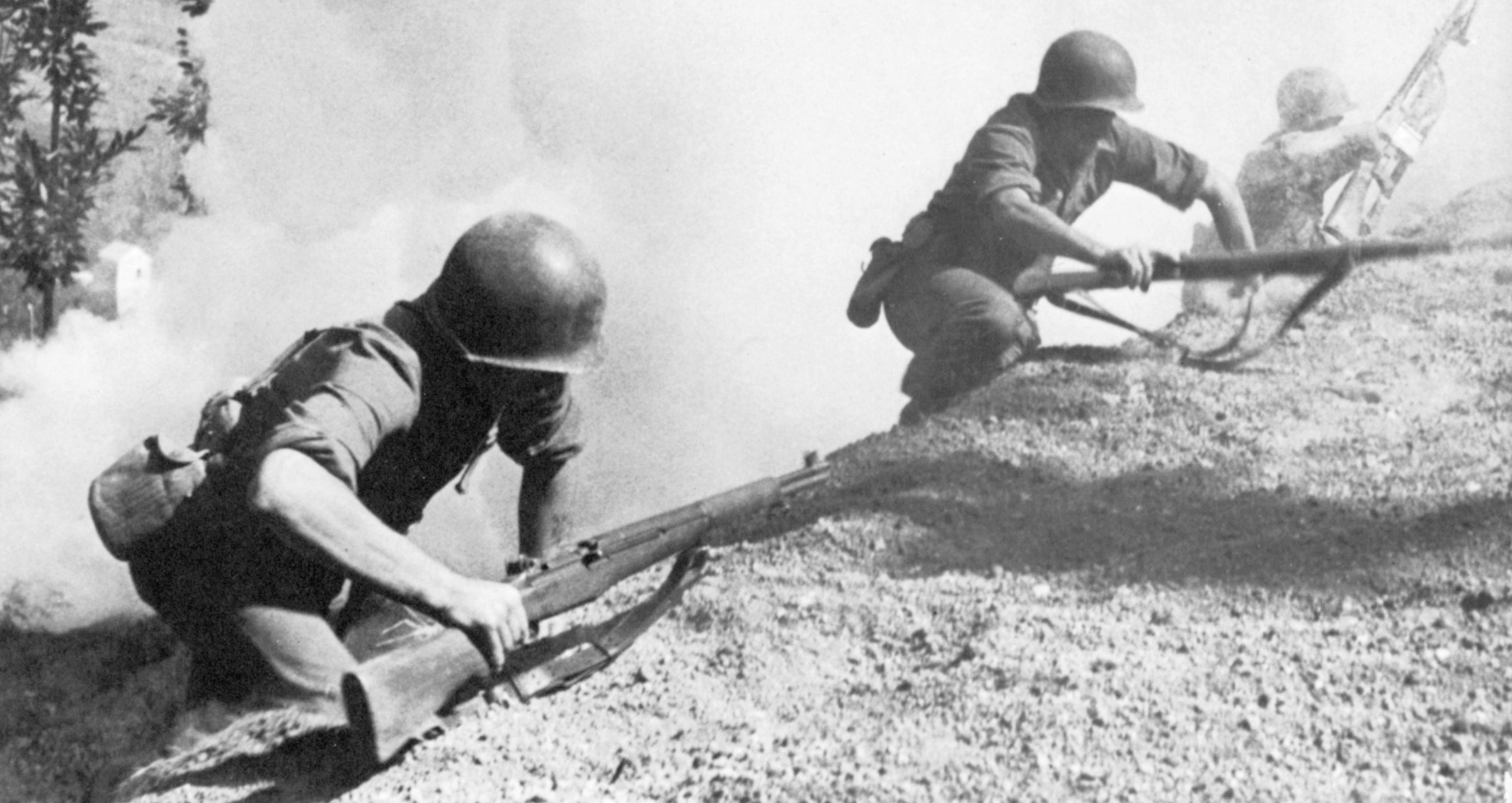
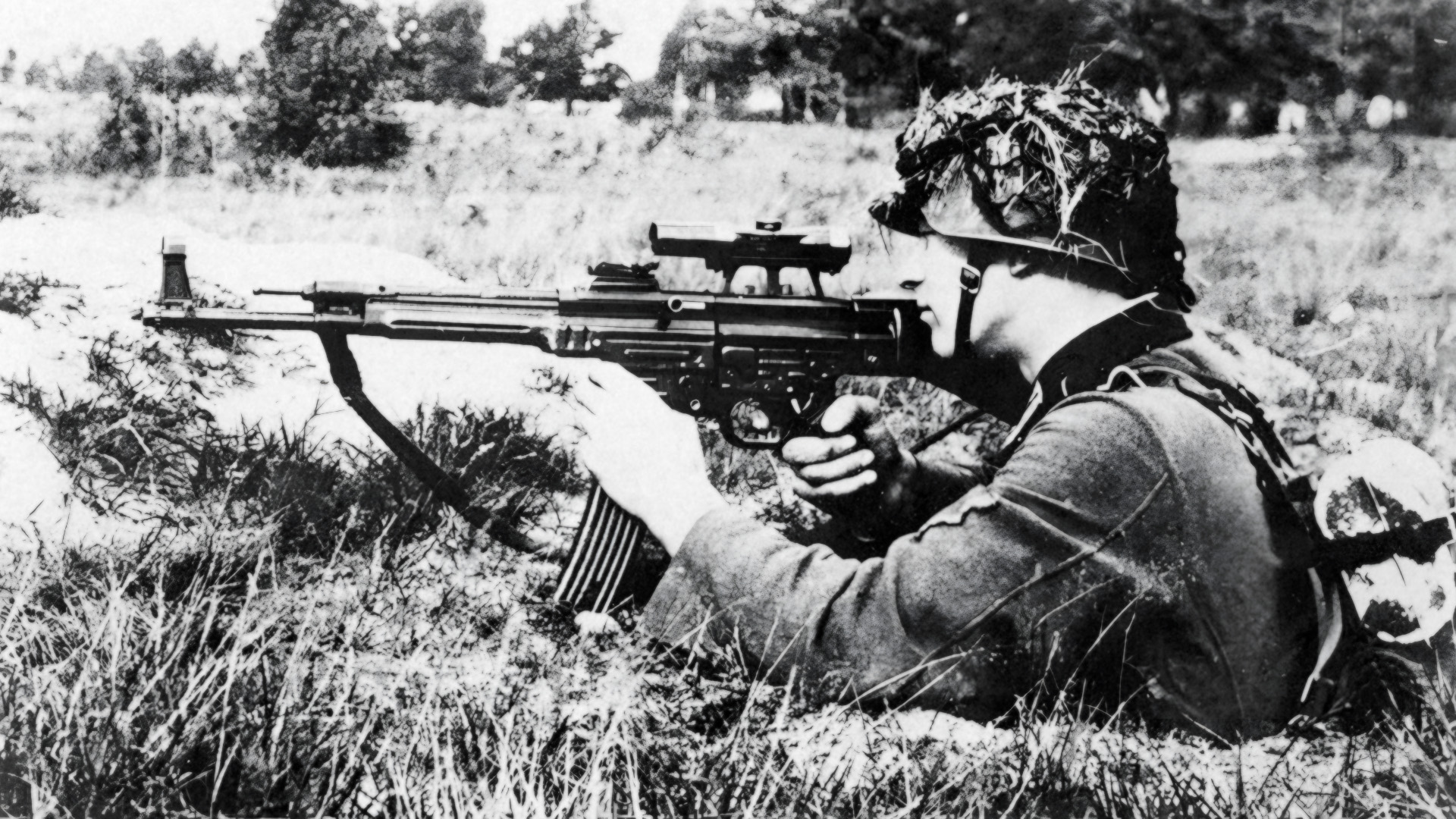
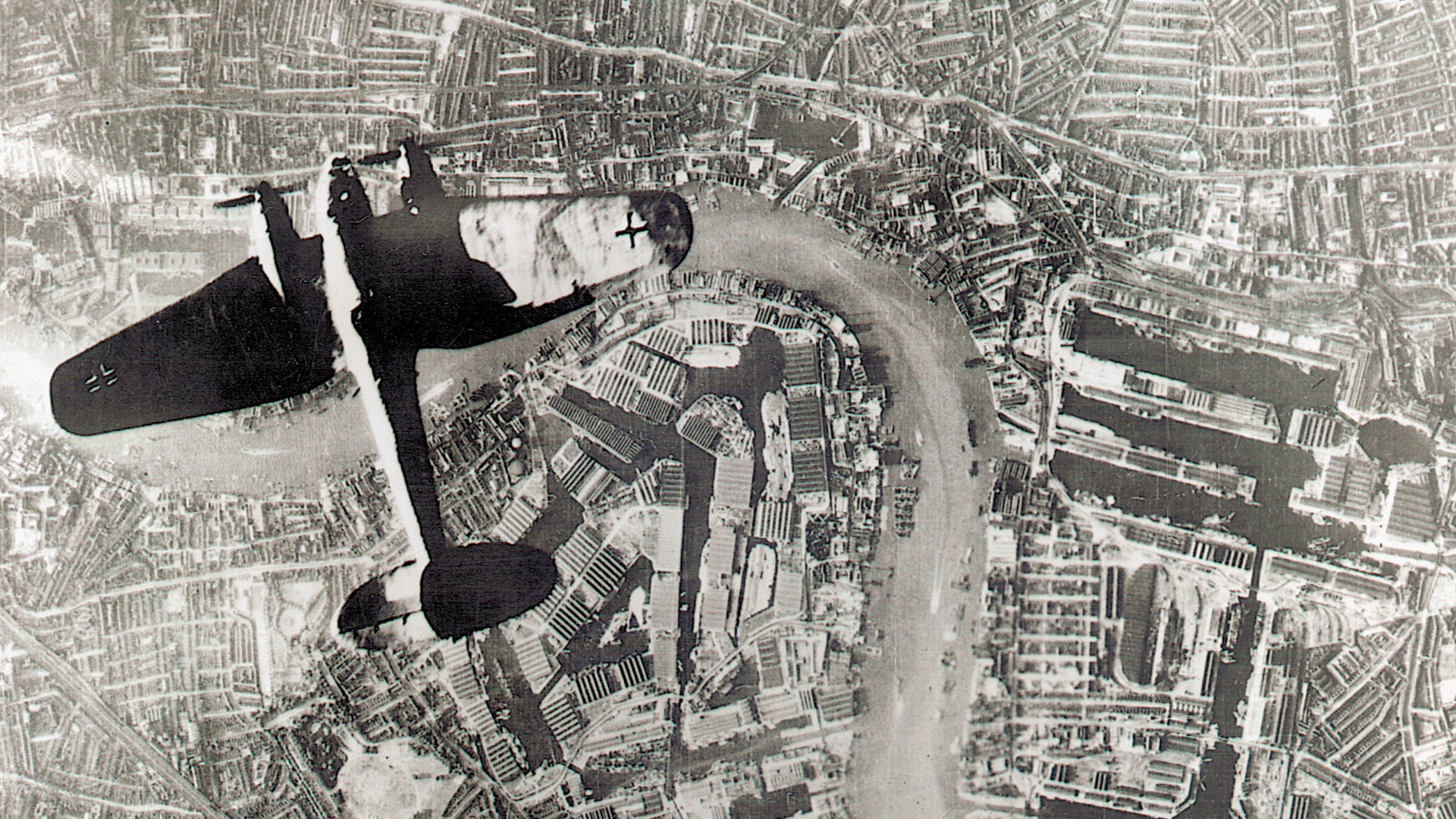
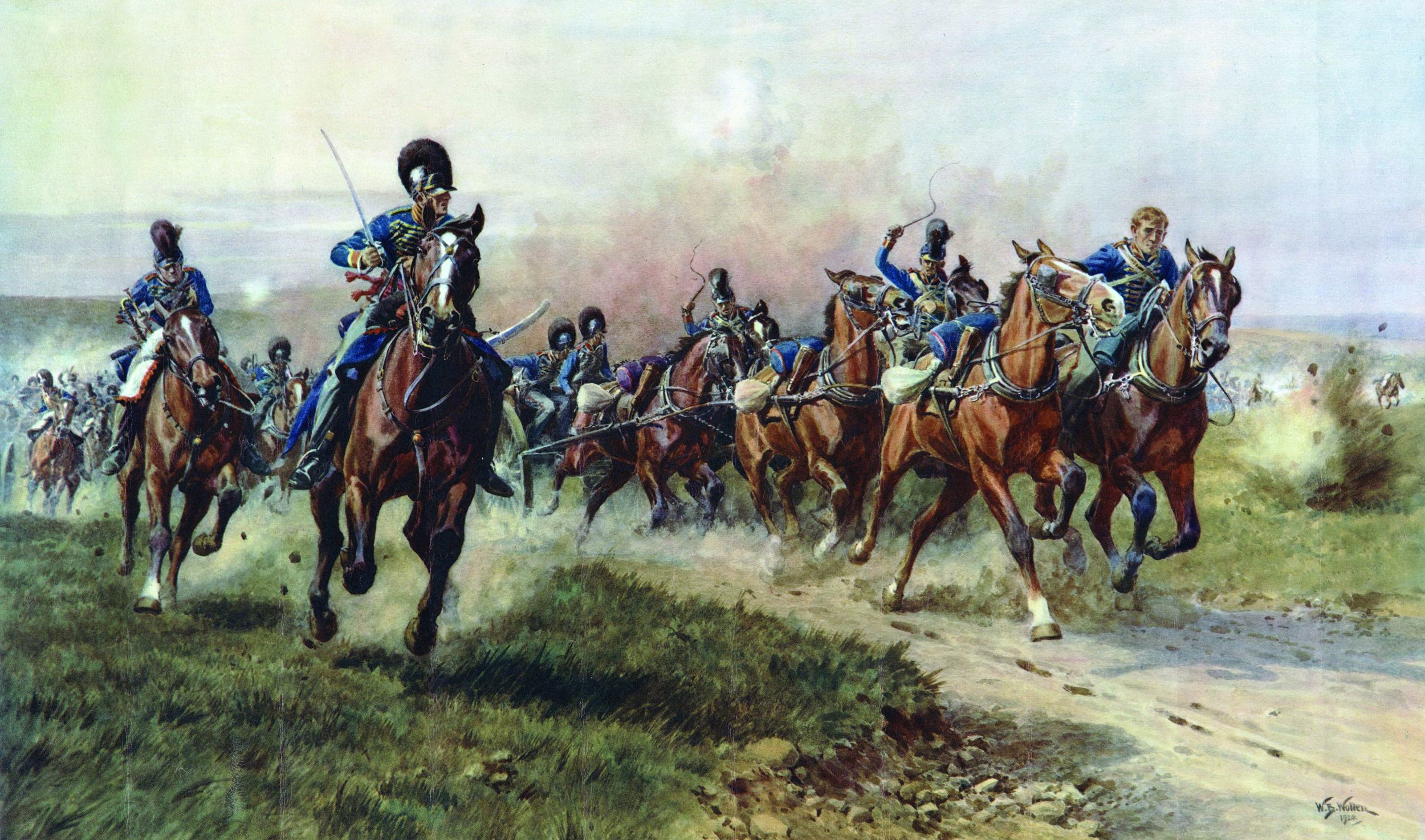
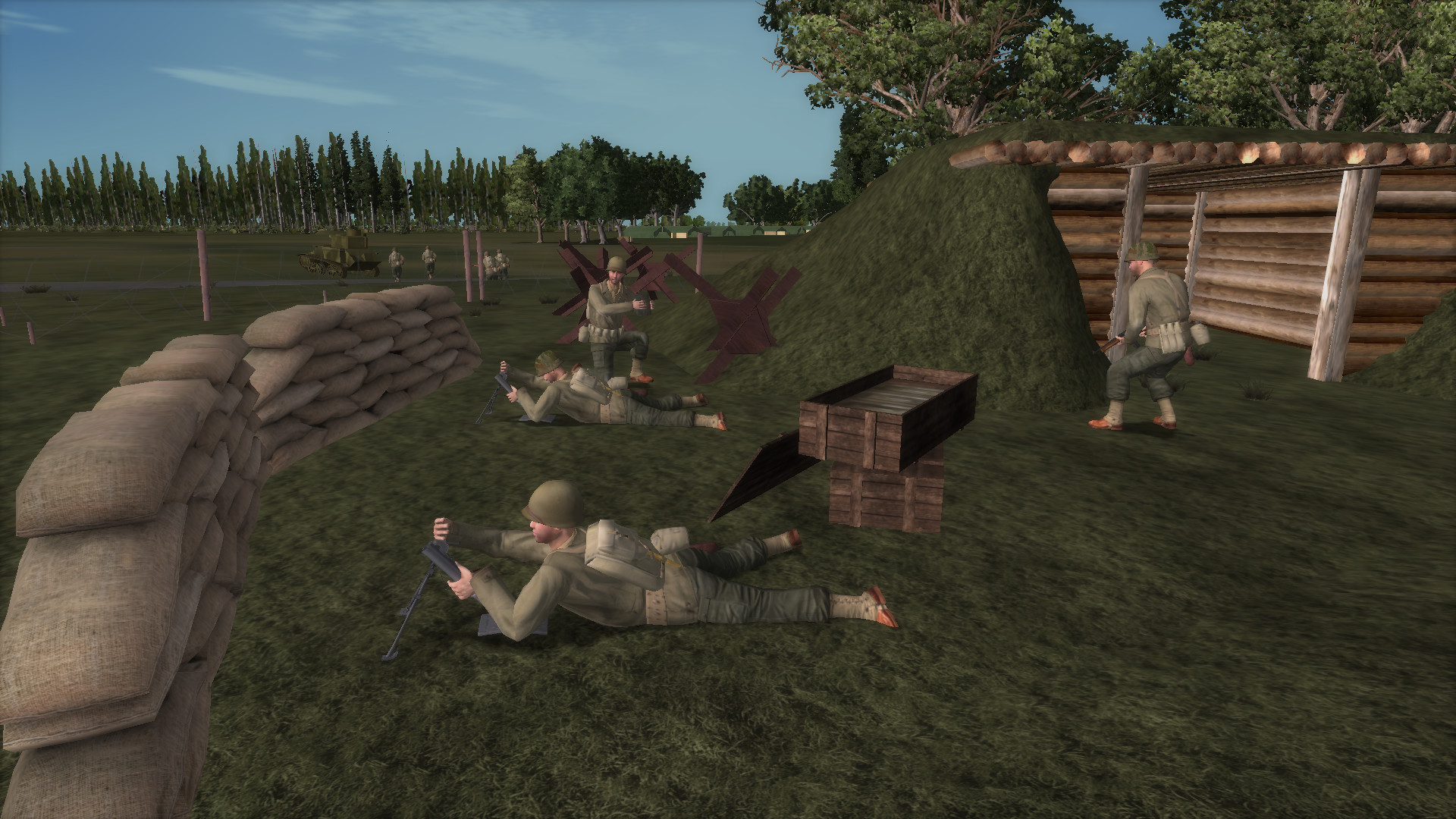
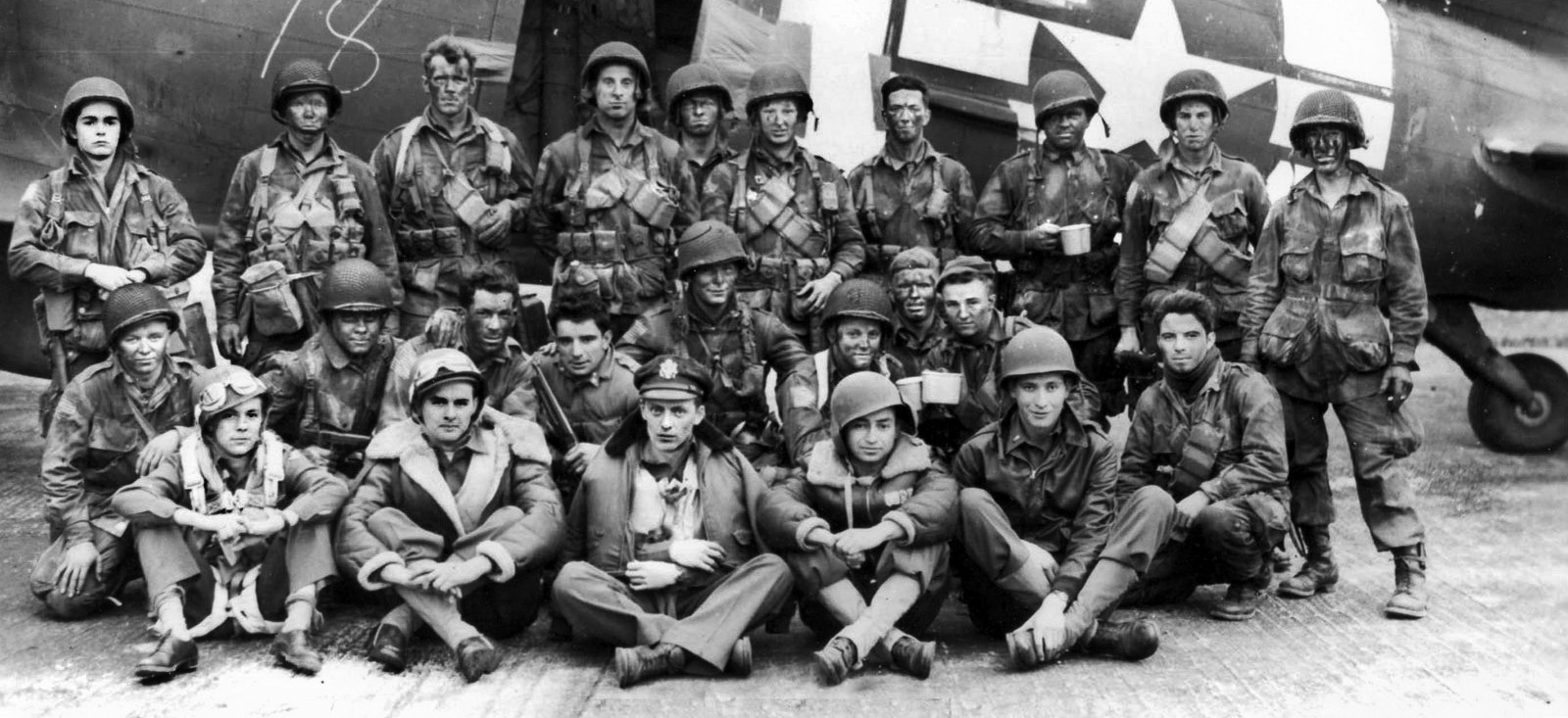
Join The Conversation
Comments
View All Comments